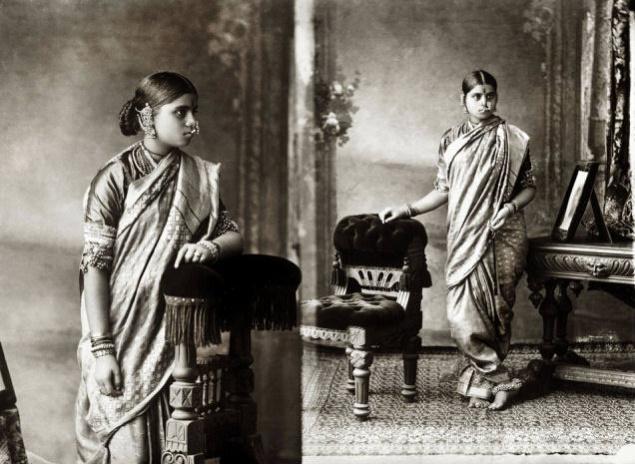Shailaja Tripathi, The Hindu, 25th November, 2010

Raja Deen Dayal’s images are a fascinating record of India’s past.
The grandeur of the iconic symbol of love, Taj Mahal, as seen in the life-size poster of the Raja Deen Dayal’s exhibition, beckons curious passers by strolling in the elite and serene Lutyen’s Delhi. A few give in to the desire to stand next to the black and white image — displayed at the entrance of IGNCA at Janpath which is hosting the show — to get a photo clicked. And by now many would already be up on the various social networking sites floating on the web.
Raja Deen Dayal wasn’t the first and the last photographer to have captured the Taj Mahal but the black and white picture taken so long ago by a 19{+t}{+h} century photographer still manages to engage an urban viewer like no other image.
Jyotindra Jain, Member Secretary of IGNCA who has curated the mammoth show along with Pramod Kumar K.G., delving into the aesthetics of Raja Deen Dayal’s photography, notes that the practice of taking the picture from a distance at a low angle with ample foreground with the neutral tone of the sky almost forming a background highlights the contours of the monument.
Besides capturing its magnificence, it makes it appear rooted in context and space. And it is this element that largely defines the oeuvre of the photographer who was attached to the court of the sixth Nizam of Hyderabad Mir Mahboob Ali Khan. The 220 images exhibited in the new twin galleries of IGNCA gives a vivid account of his journey and also present a significant slice of history to the viewers.
Integral to his photographic career that began in the mid-1870s was commissioned photography. It is believed that during his training at the Thompson Civil Engineering College in Roorkee, he was exposed to the world of photography which had just been introduced as a subject in his college. Working at the Indore Public Works Department, he continued to take pictures which got both the royalty and Englishmen interested .
“Sir Lepel of the Bengal Civil Service, commissioned Deen Dayal to join him on his mission to document monuments of Central India which led him to create a reservoir of monuments of architectural heritage,” says Jain. One section of the exhibition devoted to his work on monuments, displays images of temples, forts and palaces at Gwalior, Orchha, Khajuraho, Deegh, Omkareshwar, Falaknuma Palace, etc.
Digital reproductions
While the original photographs produced by Raja Deen Dayal & Sons Studio were usually albumen prints, the 220 images seen here are the digital reproductions of bromide silver photographs by Kaushik Ramaswamy who is also credited with restoring the works. The 2,857 glass plate negatives now form a part of the collection of IGNCA called Raja Deen Dayal Studio Archives which it acquired from his family in 1989.
“He created a visual autobiography of the sixth Nizam of Hyderabad through his portraits. Going beyond the person, they manage to give an overview of the society and the times ,” says Jain pointing to the portraits of Nizam with his three daughters, ADC Sir Afzar Jung and his family. Observing the ‘performative’ element in his work, Jain hails the highly perceptive mind of the photographer. Jain says, though he was a court photographer working for the Nizam, he still managed to bring in his own interpretation on board. The highly decked up durbar halls with or without the Nizam is depicted to be an area of performance where Nizam and everyone else is a performer.
The application of the same technique of taking a picture from a distance against a neutral background in his studio resulting in brilliant clarity made him hugely popular even amongst the commoners. The portrait of a Maratha lady, two young girls playing a board game and several others fall in this category. His instructions to the sitters put up in his studio like ‘Don’t come if you are tense and have some other engagement’ according to Jain reflects the sensitivity of the lensman. These instructions are displayed in the show.
Images giving glimpse of colonial India, street views of Calcutta, Apollo Bunder, Bombay, dancing girls dressing for nautch, his self-portraits and portraits of his sons also form part of this spectacular offering. A slide show of about 3,000 photographs taken by the lensman is also on.
(The exhibition is on till February 28, 2011)
